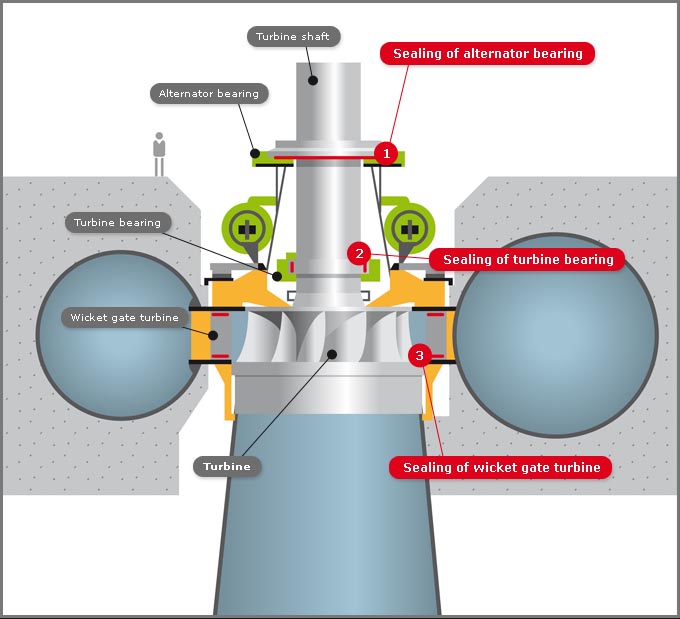Hi there, just wanted to post a design Idea and ask if someone knows if the weights (black) will float on the wind and hence stop the turbine from rotating?

Another problem could be that the wind has to be shielded from the backside of the turbine - so that the lift force does not compensate. And I think it's quite difficult to work against this wind flow - will it keep the turbine from rotation?
Any input is much appreciate. Some day we will manage to reverse engineer or really invent one of the thousands of working energy devices that are posted on the internet massively - unfortuneately without proper schematics. But hope dies last.
Keep up this endless effort! This must work. It's no magic perpetual motion, it's underestimated potential of nature.

Another problem could be that the wind has to be shielded from the backside of the turbine - so that the lift force does not compensate. And I think it's quite difficult to work against this wind flow - will it keep the turbine from rotation?
Any input is much appreciate. Some day we will manage to reverse engineer or really invent one of the thousands of working energy devices that are posted on the internet massively - unfortuneately without proper schematics. But hope dies last.
Keep up this endless effort! This must work. It's no magic perpetual motion, it's underestimated potential of nature.

 To break something is much easier because if only one aspect goes wrong usually the whole system fails.
To break something is much easier because if only one aspect goes wrong usually the whole system fails.





Comment